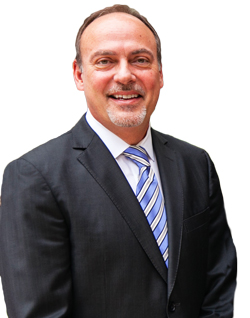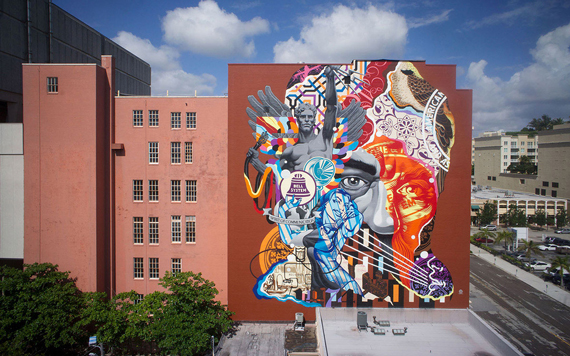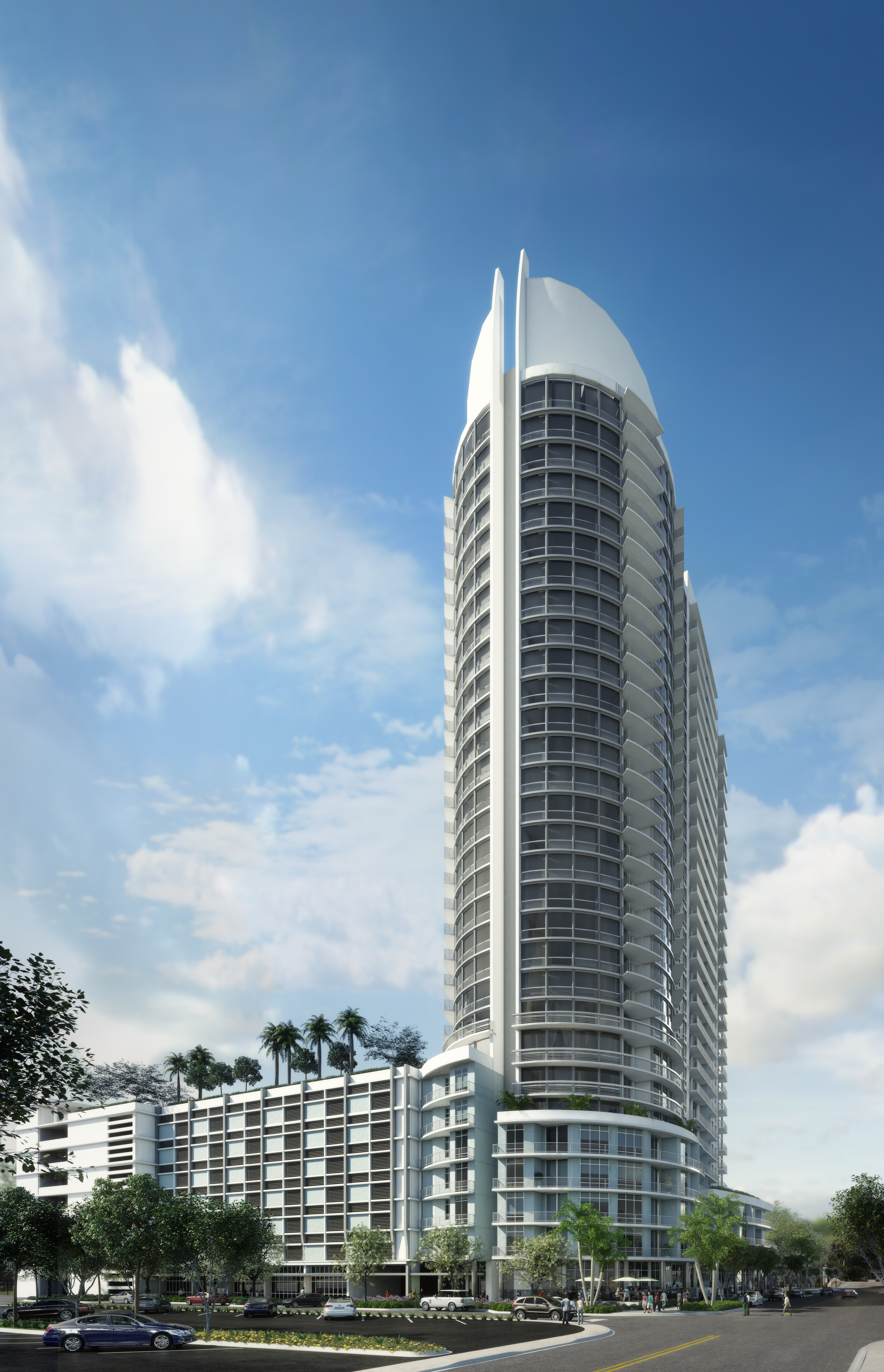While sales of South Florida condominiums have begun to soften, the brisk pace of rental apartment construction appears unlikely to wind down any-
time soon.
The speed of such construction continues to accelerate in South Florida, especially in suburban locations in Broward County, as the pool of renters deepens amid population growth, new employment opportunities and reduced demand for home ownership.
The national real estate brokerage Marcus & Millichap forecasts that 10,200 new apartments will come to market in the tri-county region this year, compared to 8,700 in 2015, marking a 17 percent increase. The firm expects 5,500 new apartments to open this year in Miami-Dade County alone, plus another 4,700 units in Broward County and Palm Beach County combined.
The Miami-based Related Group, one of the largest multifamily developers in the United States in recent years, has built 2,700 rental apartments — mostly in South Florida — since 2010. The firm’s rental development division, Related Development, has another 4,000 units in the pipeline.
“The whole notion of the great American dream meaning owning a home is over,” Related Development’s president and chief executive officer, Steve Patterson, told The Real Deal. “Financial independence and quality of life has become much more important.”
Most of the rental apartments that Related has built in the last six years are located in Fort Lauderdale and other Broward municipalities, including Lauderdale-by-the-Sea, Pembroke Pines and Plantation. Broward County is one of the top three markets in the country for luxury rentals, Patterson noted. “I think there’s still a lot of depth there,” he said.
In South Florida market forecasts, based on data from CoStar Group and Real Capital Analytics, Marcus & Millichap said it expects apartment owners in Broward and Palm Beach to collect higher average rents than their counterparts in Miami-Dade this year — largely due to population growth and employment growth. The brokerage projected monthly rents in 2016 to average $1,476 in Palm Beach and $1,500 in Broward, compared to $1,355 in Miami-Dade, and expects those higher figures to encourage more apartment development in the two counties.
Amaray Las Olas, a 30-story rental building with 254 apartment units, is planned for an April opening in downtown Fort Lauderdale. The property will tower over a cluster of newer apartment buildings in the Flagler Village area just north of the city’s downtown.
“A lot of what you see is eight-story [buildings] or below, so 30 stories will offer city views, Intracoastal Waterway views and ocean views that are unmatched,” said Jeff McDonough, president of Fort Lauderdale-based Stiles Residential Group, which is developing the property in a joint venture with the New York-based Rockefeller Group.

Steve Patterson
By early March, as construction neared completion, the developers had pre-leased about 30 percent of the apartments, which have monthly rents ranging from $2,000 to $5,800. McDonough said Stiles is scouting other urban locations in South Florida for a high-end rental development similar to Amaray Las Olas.
“There is a very strong demand for multifamily rentals,” he said, noting that one of the driving factors is a movement to live in “urban, walkable” locations.
That preference for rental apartments in lively, pedestrian-friendly neighborhoods is also apparent in downtown West Palm Beach, where billionaire developer Jeff Greene plans to build a 12-story “micro-apartment” building with 400 units — each about 450 square feet. Those apartments are expected to rent for $995 to $1,200 a month.
A similar project opened last year after Palm Beach Gardens-based Ram Realty Services converted an old Southern Bell Telephone building in downtown West Palm Beach into an 85-unit rental building called Alexander Lofts. Apartments there go for $1,300 to $2,300 a month.
“Most of the units are fairly small,” said Hugo Pacanins, managing director of residential development at Ram Realty. “A lot of studios.”
Pacanins said Alexander Lofts appeals to millennials who prefer to rent because they value mobility. “I think that trend is going to continue for a while,” he added. “That younger crowd is more likely to rent for a longer period of time before getting into home ownership.”
The firm completed construction on the property early last year and now has fewer than 10 rental units on the market, according to the developer. Across the street, Ram Realty and West Palm Beach-based Kolter Group are building a pricier 16-story, 205-unit rental building similarly called the Alexander. That property will have one- and two-bedroom units only, with rents that start at $2,400 a month.
“There are a lot of people who are moving from the suburbs and selling their big houses and moving downtown,” Pacanins said. “It’s happening in Delray Beach, it’s happening in Boca Raton, it’s starting to happen in West Palm Beach, it’s even happening in downtown Boynton Beach.”
Demand for rental housing on the low end of the South Florida market is also strong. The Coconut Grove-based affordable-housing developer Housing Trust Group operates in an affordable-housing market where demand far outweighs the current supply.
Matthew Rieger, HTG’s CEO, said several of the company’s rental developments were 100 percent leased the day they opened and that most of them are located in Palm Beach County. Farther south, the need is even greater, he said.
“Over the last few years and going forward, we’ve been concentrating more on Dade and Broward to supplement that footprint we have in Palm Beach County,” Rieger told TRD.
Much like other affordable-housing developers around the country, HTG qualifies for 9 percent federal tax credits that it can sell to investors to raise funds for construction, as long as it charges affordable rents as defined by the U.S. Department of Housing and Urban Development. But the supply of those highly valued tax credits is capped, while demand remains strong among those who invest in affordable housing, Rieger said.
Meanwhile, investor interest in market-rate rentals is heating up even more. A national survey by Ten-X.com, formerly known as Auction.com, ranked Fort Lauderdale as the third-best metro market for buyers of multifamily properties. The company projected that the monthly rent per unit there will increase from $970 in 2015 to $1,169 in 2019, marking a 20 percent growth. Ten-X ranked Miami as the third-best market in the nation for sellers of rental buildings and projected that the monthly rent per apartment there will increase from $1,240 in 2015 to $1,359 in 2019.
A portfolio of 15 apartment buildings in Miami Beach’s South Beach neighborhood sold in February for $59 million — one of the largest South Beach apartment portfolio sales to ever close. The local real estate firm Boardwalk Properties snapped up the 240 rental units from a Miami-based investment management firm led by Herve Barbera, according to CoStar.

Alexander Lofts
“We got a tremendous amount of interest in that deal from local investors, a lot of people from New York, as well as people from overseas,” said Calum Weaver, a senior vice president at CBRE who represented the seller.
But those in search of smaller transactions are finding a limited supply. The number of buyers looking to invest less than $20 million in South Florida’s multifamily market outweighs the opportunities that are available right now, Weaver noted.
That imbalance has roots in the explosion of condo development during the 2000s before the housing market crashed and the financial crisis and recession hit. Many of the South Florida rental properties built from 1999 to 2005 were sold between 2004 and 2006 and converted to condos, said Robert Given, a South Florida-based vice chairman of CBRE.
“That’s about 35,000 units that were sold and converted to condominiums, which really decimated the Class A inventory leading into 2005,” Given said. “From 2006 to 2011, we were going through the recession, and there was no product built.”
In 2016, land values remain substantially higher in Miami-Dade County, in large part because condo development there has continued to boom in recent years.
“It’s very difficult for us to compete on land price with condominium developers,” Patterson of Related said, noting that his team even competes in-house. “At Related, there’s a lot of internal competition for capital,” he said.
Looking ahead, South Florida’s supply of rental housing may fall short of demand for years to come, even if the pace of new rental construction accelerates, according to industry sources. The region’s population of 6 million people has been growing by about 91,000 residents a year for the last four years, which translates to about 14,000 additional rental households a year, according to research from CBRE. That growth exceeds annual deliveries of about 11,000 new apartments there in recent years, the numbers show.
All obstacles accounted for, the most prolific multifamily investors in the Sunshine State’s tri-county region may see even greater returns in the years to come. Israel Schubert, who oversees the New Jersey and Florida offices at the national commercial mortgage brokerage Meridian Capital Group, said South Florida’s rental market has brighter days ahead. He, too, pointed to Fort Lauderdale and its growing number of young workers as a lower-cost alternative to Miami.
“Clearly the first movers back into multifamily after the downturn were rewarded with outsized returns, but the reality is that the deals we’re financing still have healthy upside potential,” Schubert told TRD. “The South Florida market is strong and just because something is selling now, doesn’t mean there is no more opportunity left for the new buyer.”
